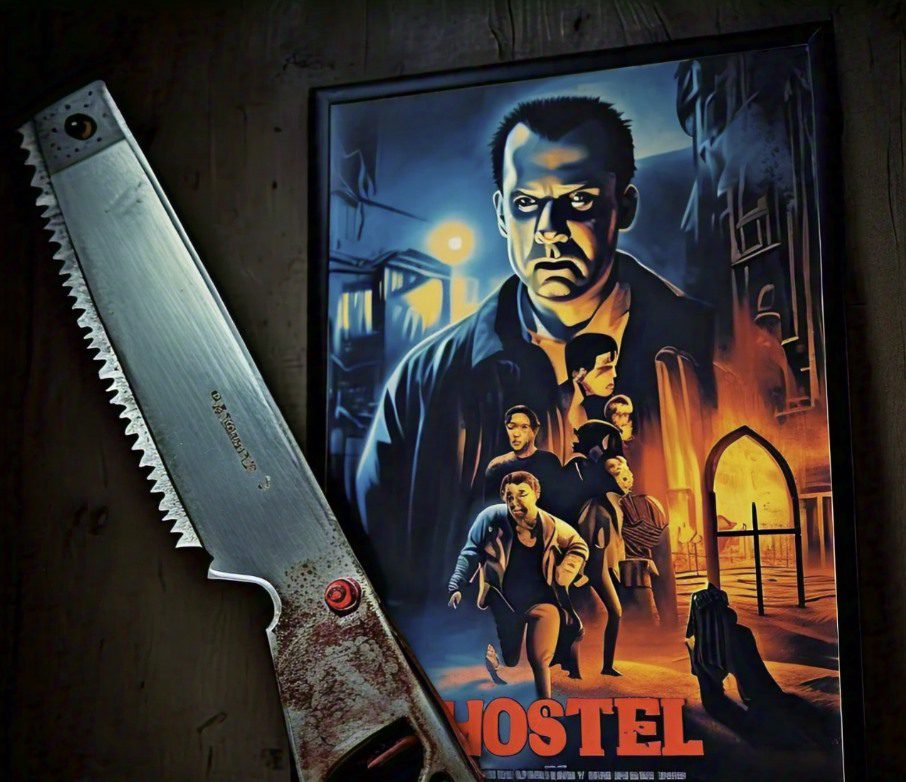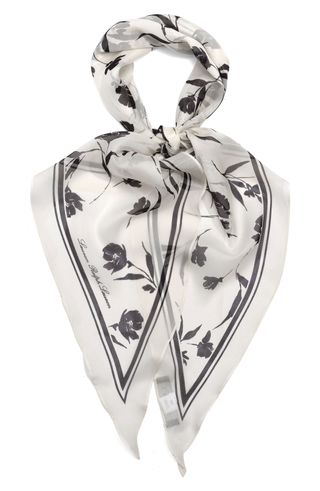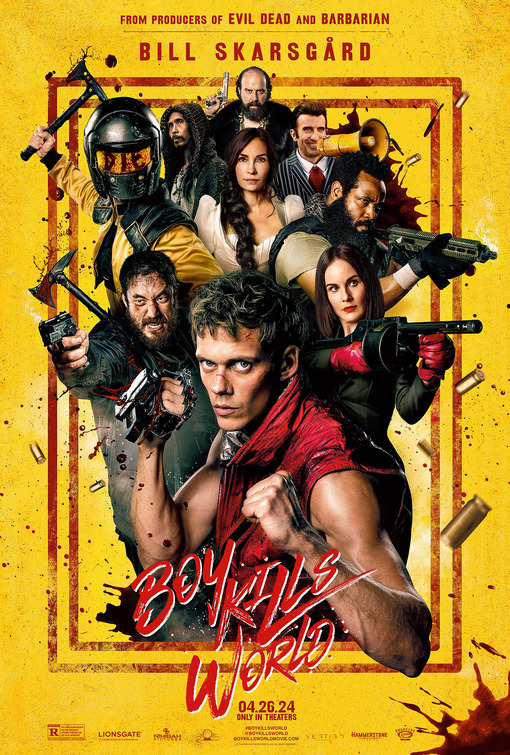When it comes to torture horror, two franchises reign supreme – Saw and Hostel. Both are twisted, both are disturbing, but only one can claim the throne. So, buckle up, folks, and let’s dive into the world of gruesome traps, moral dilemmas, and straight-up brutality. I’m talking about the kind of stuff that’ll keep you up at night, questioning every creak of the floorboards and every rustle of leaves outside.
Saw, James Wan’s 2004 game-changer, introduced us to Jigsaw, the puppet master of pain. This dude’s got a serious hard-on for teaching folks to appreciate life – the hard way. His ingenious traps and mind-bending puzzles make you question everything. I mean, who wouldn’t want to escape a reverse bear trap or a pit filled with used syringes? It’s like the ultimate twisted survival show. But what makes Saw truly terrifying is its exploration of human nature. Jigsaw’s not just about torture; he’s about making you confront your own mortality and the value of life. It’s like a sick, twisted philosophy lesson.
Hostel, on the other hand, is a whole different beast. Eli Roth’s 2005 flick takes us on a wild ride into Eastern Europe’s dark underbelly, where the Elite Hunting Club is waiting to unleash hell. Think wealthy dudes paying to torture and kill innocents – yeah, it’s as messed up as it sounds. But Hostel’s brutality, while shocking, lacks depth. The Elite Hunting Club’s motivations are shallow, and their actions are more exploitative than thought-provoking. It’s like Roth took every horror fan’s worst fears and mashed them together into a visceral, unsettling experience. Don’t get me wrong, it’s disturbing, but it’s all about raw violence – no substance, no depth.
Now, I know some of you are thinking, “What about the sequels?” Well, let me tell you, folks, Saw’s got a solid track record. Each sequel brought new, fiendish contraptions to the table, and Tobin Bell’s iconic villain continued to captivate. Hostel’s sequels, on the other hand, struggled to match the original’s impact. They relied too heavily on gore and shock value, losing the thread of what made the first film so unsettling.
So, when it comes down to it, Saw takes the cake. Its cerebral terror, originality, and iconic villain make it the superior franchise. Jigsaw’s not just a killer; he’s a mastermind, always one step ahead. The Elite Hunting Club’s leaders, on the other hand, are faceless, soulless monsters. Saw’s influence can be seen in everything from The Walking Dead to American Horror Story, and its legacy continues to inspire new generations of horror fans.
But what’s the appeal of torture horror, anyway? Why do we flock to films that make us squirm and cover our eyes? Is it the adrenaline rush? The thrill of confronting our deepest fears? Whatever it is, Saw and Hostel deliver. They push the boundaries, testing our limits and forcing us to confront the darkness within.
The future of torture horror looks uncertain, though. With the rise of Jordan Peele’s socially conscious horror and Ari Aster’s folk horror, the genre’s shifting. Will Saw and Hostel’s influence continue to shape the landscape? Only time will tell.
One thing’s for sure, though – torture horror’s not for the faint of heart. It’s a raw, unflinching exploration of human nature’s darkest corners. So, if you’re easily offended or squeamish, look elsewhere. But if you’re ready to confront the abyss, strap yourself in. Saw and Hostel are waiting.
What’s your take? Are you Team Saw or Team Hostel? Do you prefer cerebral terror or visceral brutality? Sound off in the comments.


Let’s break down the films good aspects
Saw: The Good Stuff
- Intellectual Horror: Saw’s intricate puzzles and moral dilemmas challenge viewers to think critically.
- Iconic Villain: Jigsaw (Tobin Bell) is a mastermind, always one step ahead.
- Originality: Saw revolutionized horror with its reverse-engineered narrative and gruesome traps.
- Cultural Impact: Influenced countless horror films and TV shows, including The Walking Dead and American Horror Story.
- Dedicated Fan Base: Saw’s enthusiasts analyze every trap, clue, and twist.
- Thought-Provoking Themes: Explores human nature, mortality, and the value of life.
- Well-Crafted Sequels: Each sequel built upon the original’s foundation, introducing new traps and plot twists.
Hostel: The Good Stuff
- Visceral Horror: Hostel’s raw, unflinching violence and gore create a disturbing experience.
- Atmosphere and Tension: Eli Roth’s direction crafts a sense of unease and dread.
- Social Commentary: Explores themes of exploitation, privilege, and the darker side of human nature.
- Memorable Scenes: The film’s most gruesome moments are etched in viewers’ minds.
- Influence on Horror: Hostel’s success paved the way for other torture horror films.
- Jay Hernandez’s Performance: Paxton’s character arc is compelling and relatable.
- Effective Marketing: Hostel’s promotional campaign expertly built hype and curiosity.
What was trash about them?
Saw: The Not-So-Good Stuff
- Gory Overkill: Excessive violence and gore overshadowed the franchise’s intellectual horror aspects.
- Formulaic Sequels: Later installments relied too heavily on repetitive trap-and-kill scenarios.
- Weak Character Development: Some characters felt like mere fodder for Jigsaw’s traps.
- Convoluted Plot: The series’ complex timeline and multiple twists became difficult to follow.
- Jigsaw’s Overexposure: Tobin Bell’s iconic villain became increasingly cartoonish and less menacing.
- Lack of Emotional Resonance: Some viewers found it hard to connect with characters amidst the carnage.
- Accusations of Promoting Violence: Critics argued that Saw glorified or trivialized violence.
Hostel: The Dark Side
- Torture Porn Label: Hostel was lumped in with other “torture porn” films, sparking controversy.
- Exploitative Violence: Critics argued that Hostel’s graphic torture and gore were gratuitous and exploitative.
- Lack of Depth: Characters felt underdeveloped, making it hard to invest in their fate.
- Roth’s Direction: Some viewers found Eli Roth’s style overly reliant on shock value.
- Problematic Portrayal: The film’s depiction of Eastern Europeans and sex tourism raised concerns.
- Accusations of Misogyny: Critics argued that Hostel objectified and degraded female characters.
- Sequels’ Decline: Hostel II and III received increasingly negative reviews, criticized for their lack of originality.


Should You/We Watch These Films?
If you’re a horror fan, you might be wondering whether Saw and Hostel are worth watching. Here’s a balanced take:
Who Should Watch:
- Hardcore Horror Fans: If you’re desensitized to gore and violence, these films will provide a thrilling experience.
- Fans of Intellectual Horror: Saw’s intricate puzzles and moral dilemmas will appeal to those who enjoy thought-provoking horror.
- Those Interested in Horror History: Understanding the impact of Saw and Hostel on the horror genre.
Who Should Avoid:
- Sensitive Viewers: Excessive gore, violence, and disturbing themes may be overwhelming.
- Those Easily Disturbed: If you’re prone to nightmares or anxiety, these films might not be suitable.
- Viewers Seeking Light Entertainment: Saw and Hostel are not for casual, relaxing viewing.
Personal Recommendation:
As a seasoned horror fan, I recommend Saw for its intellectual horror aspects and Hostel for its visceral, unsettling experience. However, be aware of the graphic content and potential triggers.
Precautions:
- Watch with a Critical Eye: Recognize the difference between entertainment and reality.
- Be Mindful of Triggers: Avoid watching if you’re sensitive to gore, violence, or exploitation.
- Discuss with Others: Share your thoughts and reactions with fellow viewers to process the experience.
Alternatives:
If you’re unsure about Saw and Hostel, consider these alternative horror films:
- The Shining (1980): A classic, atmospheric horror film.
- Get Out (2017): A thought-provoking, socially conscious horror film.
- A Quiet Place (2018): A tense, suspenseful horror film with minimal gore.


























































![Mason Ramsey – Twang [Official Music Video] Mason Ramsey – Twang [Official Music Video]](https://i.ytimg.com/vi/xwe8F_AhLY0/maxresdefault.jpg)






















